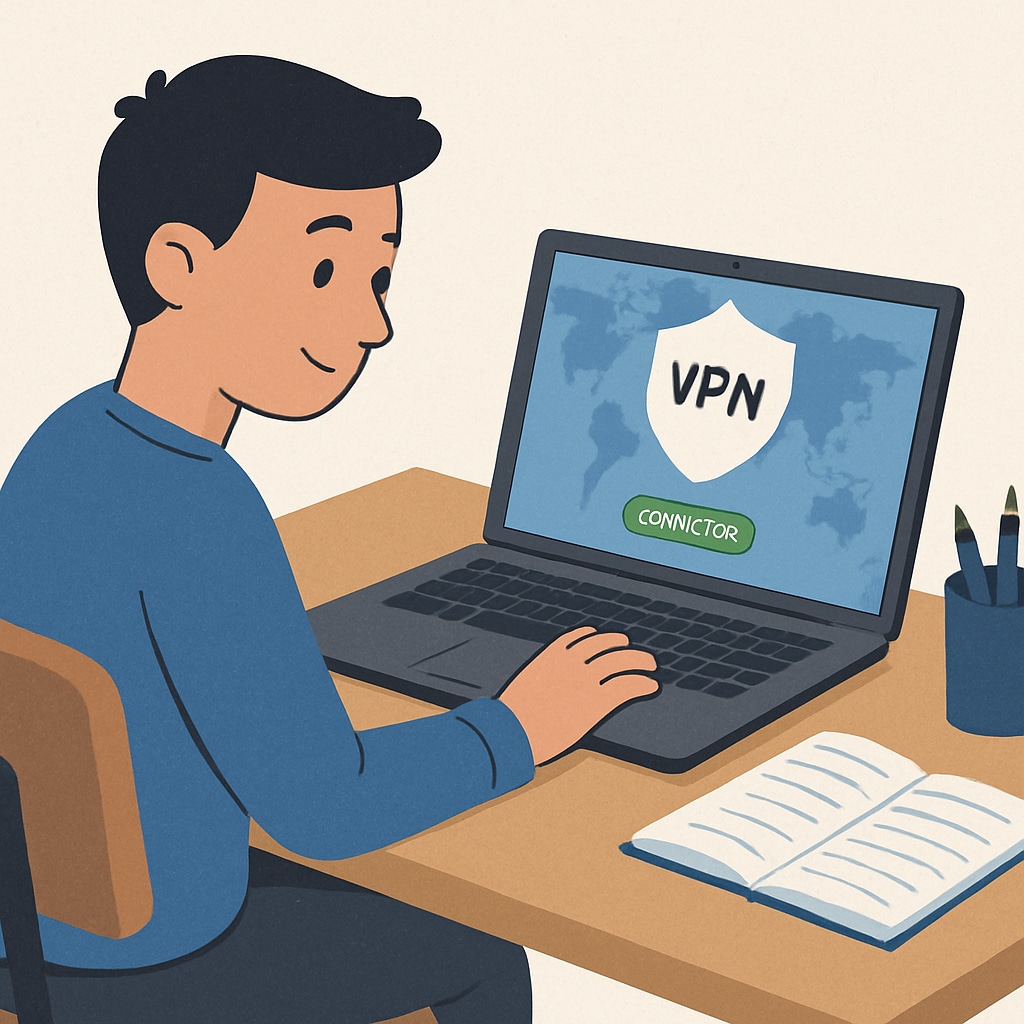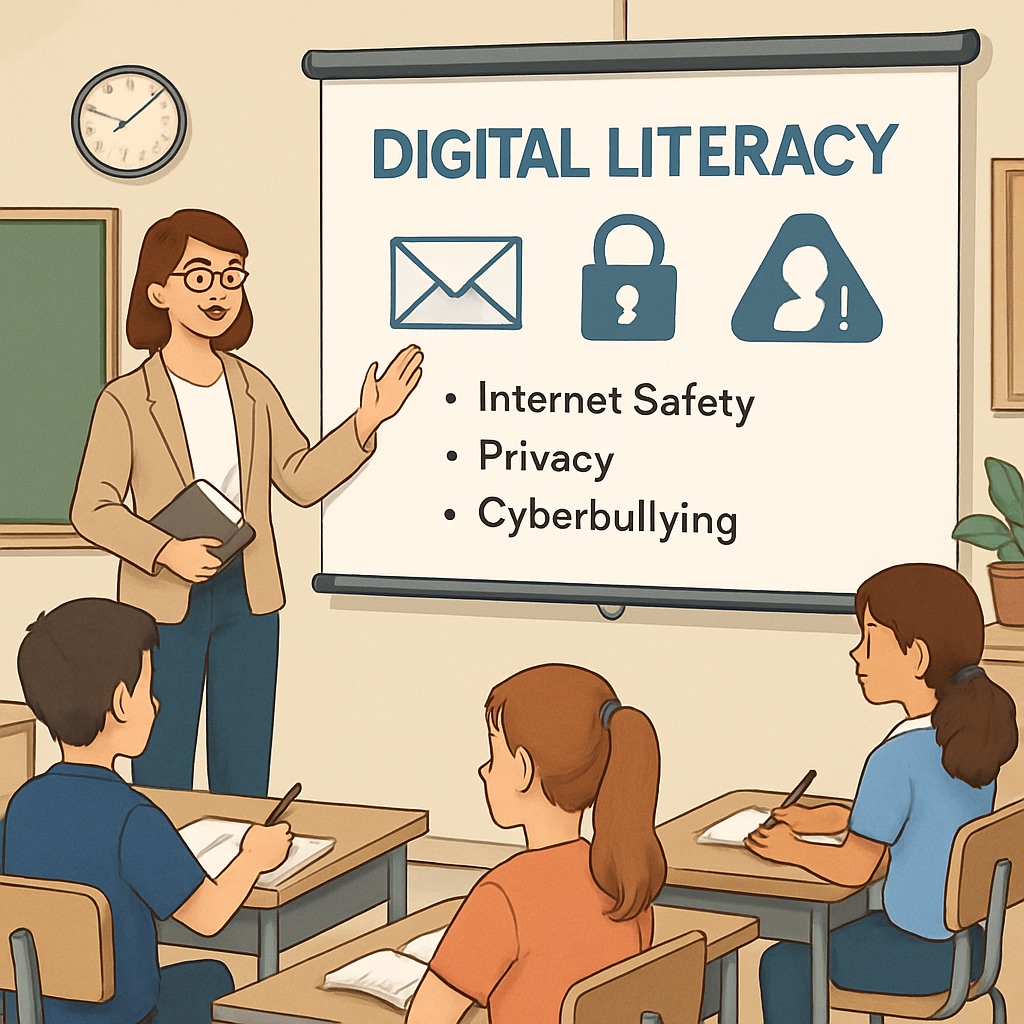The implementation of age verification laws in the UK has led to a significant rise in VPN (Virtual Private Network) usage, sparking debates about how these regulations impact K12 education. The laws aim to protect minors from accessing inappropriate content online, but they have also inadvertently encouraged students to use VPNs to bypass restrictions. This phenomenon poses new challenges for educators and parents alike: how to balance the need for online safety with the imperative of teaching digital literacy in a world where tech-savviness is both a skill and a necessity.
The Age Verification Laws and the Surge in VPN Usage
In 2023, the UK introduced strict age verification laws, requiring websites hosting adult content to verify users’ ages before granting access. While the legislation was designed to enhance the safety of minors, it has had unintended consequences. Many young users have turned to VPNs as a way to sidestep these restrictions. VPNs allow users to mask their IP addresses, effectively hiding their location and bypassing content blocks.
For instance, a report by BBC Technology revealed that VPN usage among teenagers in the UK has risen by over 40% since the introduction of the law. This increase raises concerns about the effectiveness of the legislation and the potential risks associated with VPNs, such as exposure to unregulated content or cyber threats.

Implications for K12 Education and Digital Literacy
The rise in VPN usage has created a pressing need for schools to address digital safety more comprehensively. While firewalls and content filters are standard in many educational institutions, they are often no match for tech-savvy students using VPNs. This situation underscores the importance of not just restricting access but educating students on why these restrictions exist and how to navigate the internet responsibly.
Key areas of focus for K12 educators include:
- Understanding Risks: Teaching students about the dangers of unregulated internet use, including malware, phishing, and exposure to harmful content.
- Critical Thinking: Encouraging young people to question the reliability and safety of online platforms and tools.
- Ethical Use of Technology: Instilling a sense of responsibility in how they interact with digital resources.
Organizations like Childnet International offer helpful resources for educators looking to integrate these lessons into their curricula.

Striking the Balance: Safety vs. Freedom
While age verification laws aim to shield children from harmful online content, they also highlight a broader issue: the gap between legislative intent and real-world application. The rise in VPN usage reflects a growing tension between regulatory measures and the autonomy of tech-savvy youth. Therefore, the challenge for educators and policymakers is to find a middle ground.
Strategies to strike this balance include:
- Collaborative Policy Development: Engaging educators, parents, and students in discussions about online safety and digital rights.
- Technological Updates: Investing in more robust monitoring and filtering tools that can adapt to VPN use.
- Continuous Education: Offering regular workshops on internet safety for students and parents.
Ultimately, fostering an environment of trust and open communication is crucial. Students are more likely to adopt safe online practices if they understand the reasons behind restrictions and feel their concerns are heard.
Conclusion: Preparing for the Digital Future
The UK’s age verification laws have brought to light the complexities of managing online safety in an increasingly digital world. For K12 educators, the rise in VPN usage serves as a reminder of the importance of teaching not just compliance but competence in navigating the internet. By focusing on digital literacy, ethical tech use, and open dialogue, schools can equip students with the tools they need to thrive—and stay safe—in the digital age.
As we look to the future, the ultimate goal is clear: to create a generation of informed, responsible digital citizens who can balance the freedoms and challenges of the online world.
Readability guidance: This article uses concise paragraphs, includes transition words for better flow, and minimizes passive voice. Lists are used to summarize key points, ensuring clarity and readability.


